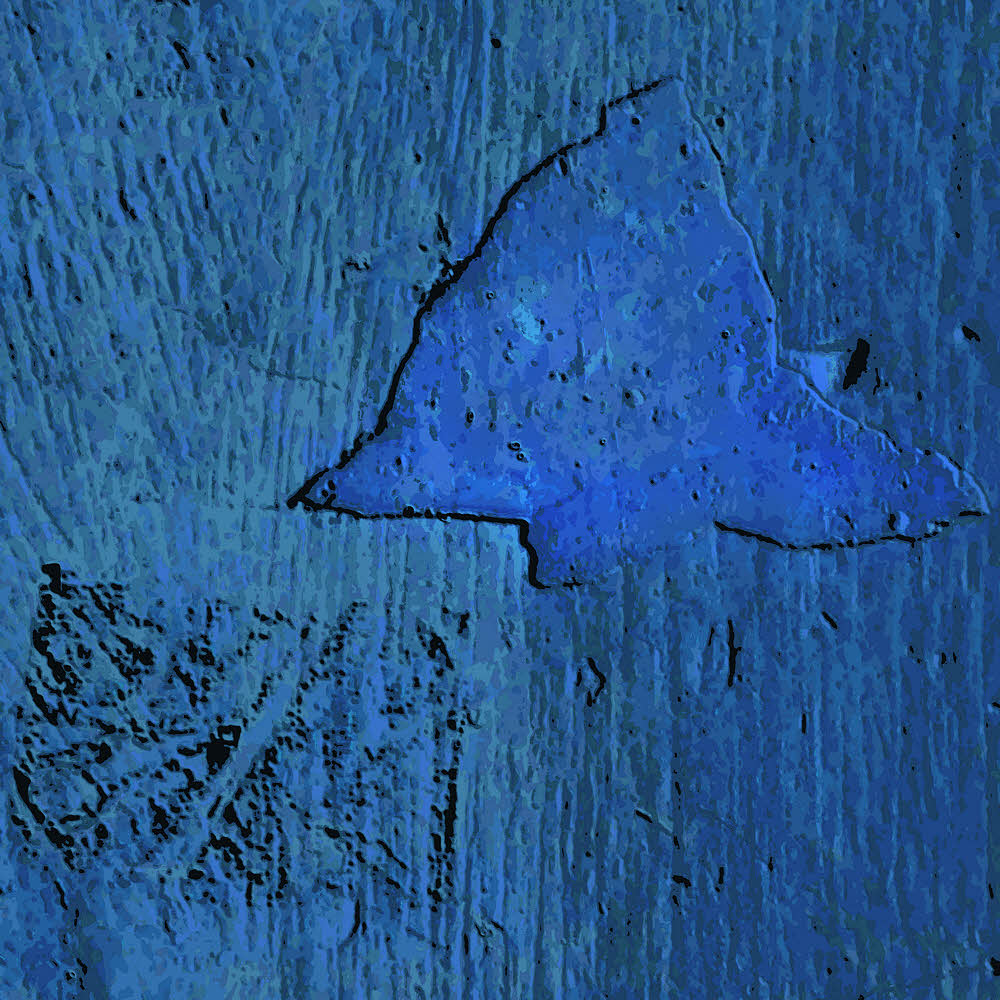
(1) The region where people eat Alpo or other food from cans.
(2) A colloquialism for "alpen line", a kind of traditional, all-natural, hypo-allergenic climbing and utility rope made from the twisted stems of mountain flowers braided together with strands of flaxen hair removed from high-altitude meadow wenches (the Heidi is preferred).
For a 30-foot (10 m) rope: Take one bushel each of American Bistort, Bracted Lousewort, Fendlers Waterleaf, Sickletop Lousewort, Tall Mountain Shooting Star, Western Hedysarum, Cusicks Speedwell, and Scarlet Gilia. Showy Locoweed, Mountain Oxytropis, Sulpher Cinquefoil, or Rosy Pussytoes may stand in as alternate selections.
Pull off all blossoms and leaves and feed them to your goat.
Lay the stems out to begin drying in the sun, turning frequently.
Meanwhile shear three Heidis, but only their heads.
Save the hair and then gently release the girls back into the wild.
Exercise care in choosing only from the longhaired varieties as the shorthaired breeds, though they may be comely, will not suffice for this purpose. Locks of less than 20 inches (50 cm) make inferior alpen lines. Longer is always better, so keep that in mind.
When the flower stems are nearly dry but still supple and flexible, begin weaving them together, taking care to alternate stalks from different flowers, and mixing in a generous number of golden hairs as your work progresses.
Experience with macrame will help you here, but if you are new to this you may find it advantageous to first experiment with goat hair and grass stalks. (Another reason to keep goats, and they are also edible.)
When you are done weaving your line, stretch and pull it gently to tighten the braiding, store it in a cool and dry place for several days to set, then whip-finish the ends.
Give your rope an occasional gentle brushing to keep it glossy.
Remove soil with a quality shampoo (anti-dandruff is best, unscented).
If treated with care your rope should serve you well for many years.
(3) Alpine also refers to mountain geography residing above timberline, of varying elevation depending on the exact location, but reminiscent of Europe's Alps.
In the United States "alpine" refers to areas high in the Rocky Mountains, the Cascades, or the Sierra Nevada.
The Appalachians also have alpine areas, (regionally known as "homers") but these occur only in small, isolated pockets.
Remember, every alpine zone is delicate. A simple stroll that wanders off an established trail combined with an unsupervised elbow inadvertently colliding with the environment in one of these areas can knock the whole delicate ecology off its pedestal and send it crashing to the floor, so always walk with care. Treat all Heidis with respect.